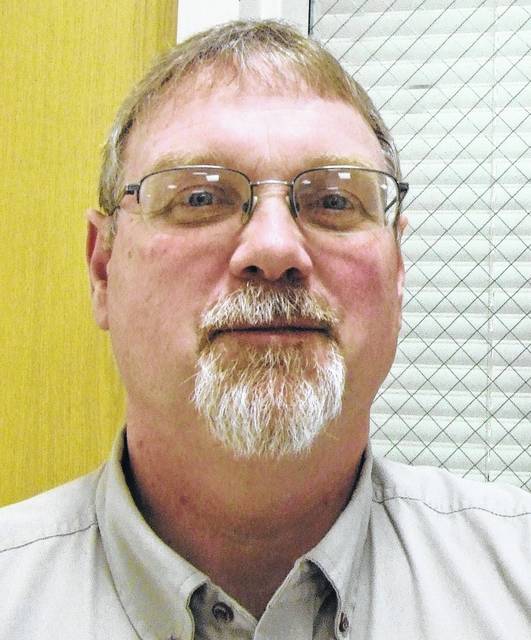
Solar farms have become a hot topic of discussion in Ohio, and especially here in Clinton County and neighboring Highland County.
Large “utility-scale” solar energy development is on the rise in Ohio. In the past few years, the Ohio Power Siting Board has approved several large-scale solar projects with generating capacities of 50MW or more, and many more projects are pending approval.
These “solar farms” require a large land base, and in Ohio that land base is predominantly farmland.
These solar energy facilities — noted on a map at the Ohio Siting Board website at https://bit.ly/3tEuolq — will cover about 75,000 acres across Ohio, and many of those acres are currently in agricultural use.
These map locations are what is in “the process or approved”; several more potential solar project locations are being considered including here in Clinton County.
Rather than argue the pros and cons of solar farms, I thought that some unbiased information from the Ohio State University Ag Law specialist Peggy Hall would be useful to share.
With solar energy development comes a new demand for farmland: solar leasing. Many Ohio farmland owners have received postcards and letters about the potential of leasing land to a solar energy developer.
Peggy Hall notes, “This prospect might sound appealing at first, particularly in a difficult farming year. But leasing land for a solar energy development raises many implications for the land, family, farm operation, and community. It’s a long-term legal commitment — usually 25 years or more — that requires careful assessment and a bit of homework.”
To help landowners who are considering solar leasing, Hall joined forces with Eric Romich, OSU Extension’s Field Specialist in Energy Education, to publish the Farmland Owner’s Guide to Solar Leasing.
The online guide explains the state of solar energy development in Ohio, reviews initial considerations for leasing farmland to solar, and describes legal documents and common terms used for solar leasing.
The guide’s solar leasing checklist organizes the information into a list of issues to consider, things to do, people to consult, and questions to ask before deciding whether to enter into a solar lease.
The Farmland Owner’s Guide to Solar Leasing along with The Farmland Owner’s Solar Leasing Checklist is available at no cost on our Farm Office website, https://farmoffice.osu.edu/our-library/farm-leasing-law .
This guide was produced in partnership with the National Agricultural Law Center at the University of Arkansas, with funding from the National Agricultural Library, Agricultural Research Service, at the United States Department of Agriculture.
If you have problems downloading the guide and checklist, contact our office at 937-382-0901 or email me at [email protected] .
If you have interest in learning more about the solar projects in our area, I encourage you to visit the Ohio Power Siting Board at https://opsb.ohio.gov/wps/portal/gov/opsb/ .
There are many other resources found at the Ohio State University Farm Office website. One item that gets lots of readers is the Ag Law Blog where experts like Peggy Hall post items of importance related to agriculture.
In a May 13 blog, Hall posted information regarding energy legislation here in Ohio that pertains to not only solar, but wind, fossil fuel and gas pipelines, and natural gas.
I think if you have interest in what is happening with energy like solar, you should also be accessing this information as well. You can get to the Ag Law Blog by going to https://farmoffice.osu.edu/ .
Tony Nye is the state coordinator for the Ohio State University Extension Small Farm Program and has been an OSU Extension Educator for agriculture and natural resources for over 30 years, currently serving Clinton County and the Miami Valley EERA.


